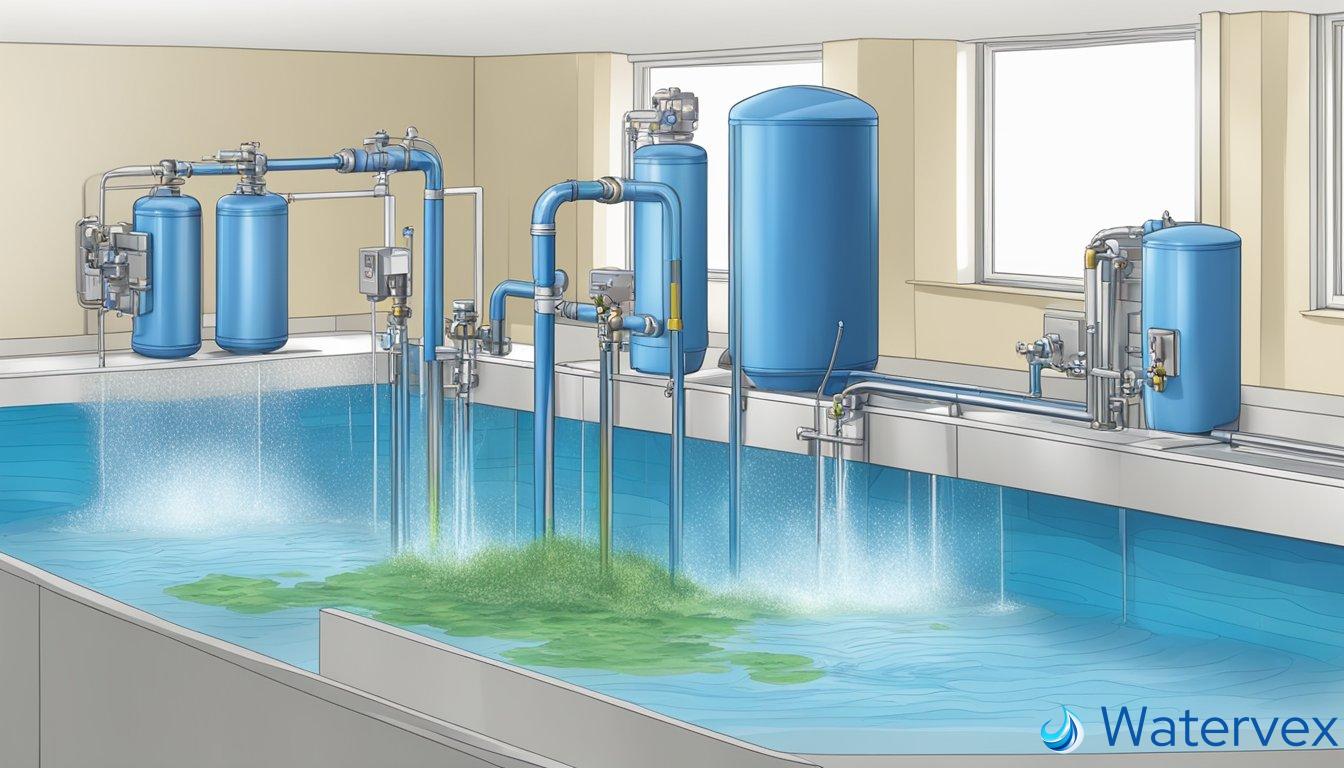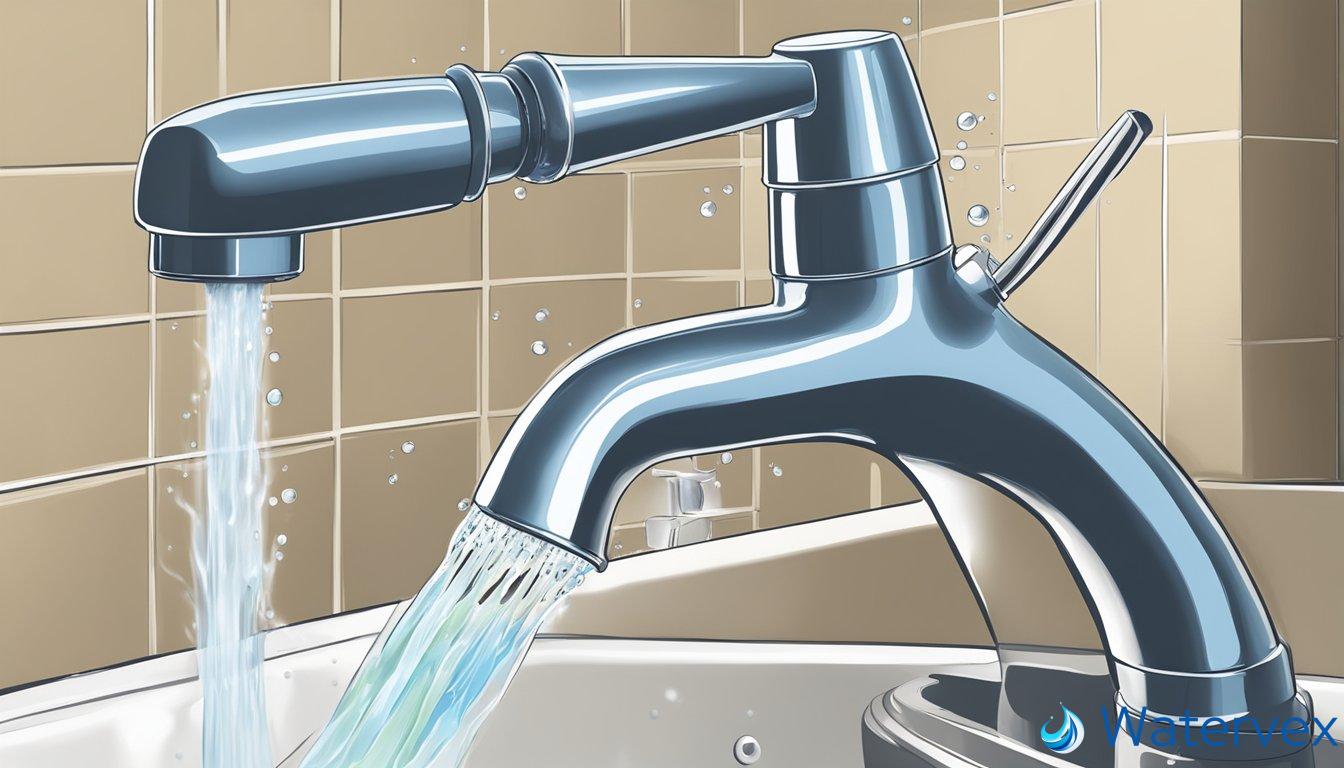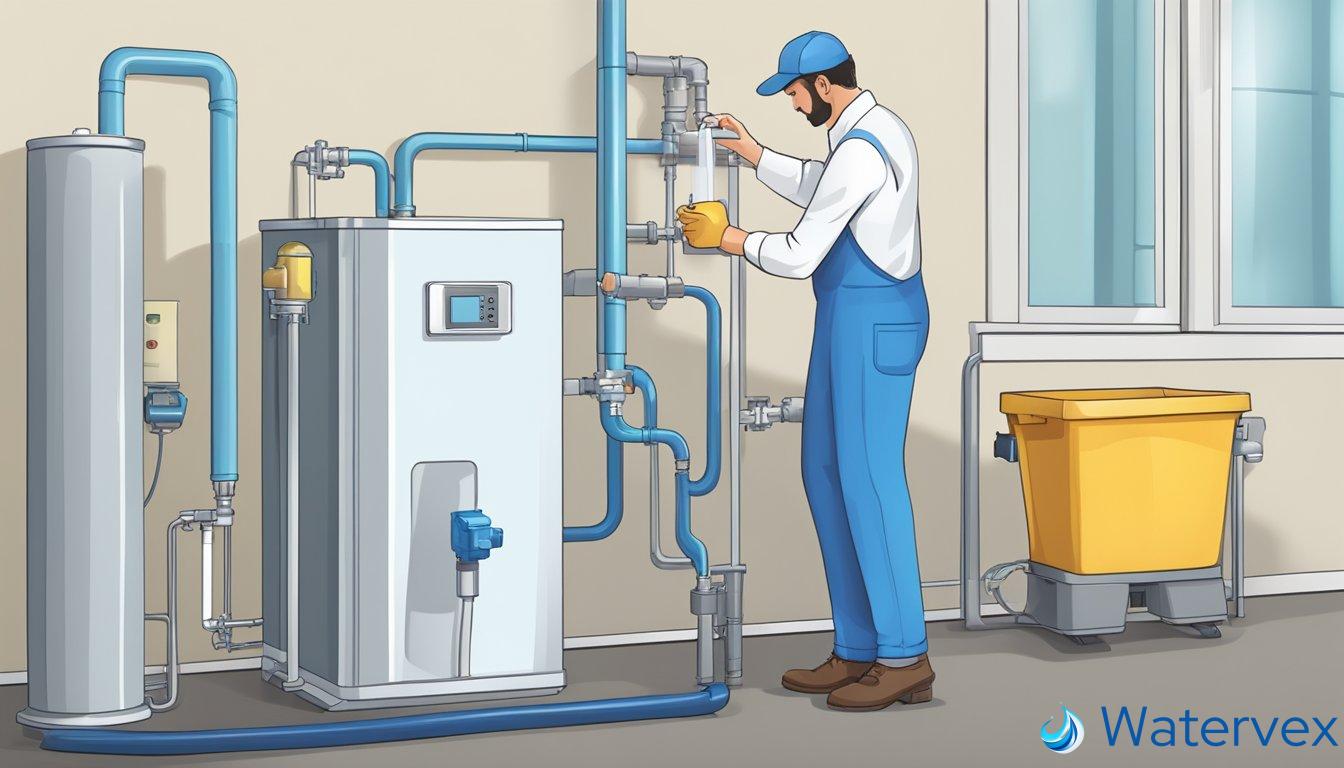When it comes to managing a home’s water quality, understanding how a water softener functions is essential. If you’ve ever wondered whether it’s safe or possible to use water when your softener is regenerating, the answer isn’t a simple yes or no. During regeneration, a water softener enters a cycle to restore its capacity to remove hard minerals from your water. This process typically involves a series of backwashes, recharge, and rinsing phases to flush out the accumulated minerals from the resin beads.

While some models might have a built-in bypass that allows the use of hard water during the cycle, others might recommend against using any water at all to prevent interference with the regeneration process. It’s important to consider the type of softener you have; a single-tank electric water softener may present issues such as reduced water pressure, while an alternating dual-tank system might still supply softened water without interruption.
Key Takeaways
- A water softener’s regeneration cycle is crucial for its ability to remove hard minerals.
- The use of water during regeneration is dependent on the type and model of your softener.
- Consult your water softener’s manual or manufacturer to understand the best practices for water usage during regeneration.
Is It Safe to Use Water During a Softener’s Regeneration Cycle?
Regenerating a water softener is an essential process, but it leaves many wondering about the availability and safety of using water during this time. Specifically, understanding the impacts on water pressure and quality is important for managing household activities.
Effects on Water Pressure and Quality
When your water softener enters its regeneration cycle, it is essentially recharging the resin beads with salt to continue softening water effectively. During this process, there might be a decrease in water pressure due to the system using some of the water flow to carry out the regeneration.
Regarding water quality, since the system switches to bypass mode, the water that comes out of your taps will be unsoftened or “hard”. Hard water contains minerals like calcium and magnesium, which are what the softener normally removes. So, while you can use water, it will not be softened until the cycle is complete.
It’s often safe to use water for basic tasks such as flushing toilets or washing hands. However, using large amounts of water—like for a shower—can result in lower performance, both in terms of pressure and softening function. That’s because the bypassed hard water may affect your appliances and can contribute to scale buildup over time.
To maintain your system’s effectiveness and ensure you have soft water when you need it, consider scheduling regeneration cycles for times when water use is low, such as overnight. This can help to minimize any inconvenience caused by changes in water pressure or quality.
What Happens If You Run Water While Your Softener Is Regenerating?

When your water softener enters its regeneration process, using water directly affects the system’s performance and the water quality. The system is typically flushing the brine tank to remove minerals that have been collected, which can temporarily disrupt soft water supply.
Immediate Consequences on Appliances and Fixtures
Using water during regeneration can cause hard water to flow into your home instead of the softened water you expect. This means that any water used at this time can contain higher mineral contents, which can lead to:
- Appliance inefficiency: Dishwashers and washing machines may not perform as well, potentially leading to unsatisfactory cleaning results.
- Fixture sedimentation: Showers and faucets are prone to scale buildup, which can require more frequent cleaning and reduce the lifespan of these fixtures.
Long-Term Impact on Water Softener Efficiency
Over time, if water is frequently used during the regen cycles, you may find that your water softener:
- Requires more maintenance: Running hard water through the system can leave residual minerals in the softener, leading to increased wear and tear.
- Has decreased resin effectiveness: The ion exchange resin, which is key to the softening process, can degrade if inundated with hard water during regeneration.
In sum, it’s best to plan water usage around your softener’s regen schedule to maintain the longest lifespan for your appliances, fixtures, and the softening system itself.
How to Manage Water Usage During Softener Regeneration Times

When your water softener is regenerating, managing water usage effectively ensures you can continue to meet your needs without interruption. Your water softener likely has a bypass mode, which allows access to hard water during the regeneration cycle. It’s important to understand how to use this feature and schedule your water usage accordingly.
Plan Non-Essential Water Use:
- Schedule laundry, dishwashing, and other non-essential water tasks for times when the softener has completed regeneration.
- Set reminders or timers to avoid overlapping with regeneration times.
Utilize Softened Water:
Keep in mind that when you use water during regeneration, it won’t be softened. This could be less ideal for activities like showering, where softened water can be preferred for its benefits for skin and hair.
Water Heater Considerations:
If the regeneration process begins, your water heater tank may still contain softened water. Use this water sparingly to extend its availability.
- Hot showers could still be feasible, drawing from the heated softened water reserve.
- Avoid using hot water for tasks like washing hands to conserve the softened supply.
Emergency Usage:
If you must use water during regeneration, remember:
- This water won’t be softened, which could affect those with sensitivities to hard water.
- Minimize usage to avoid depleting the softened water in your heater tank.
Stay Informed:
Read the manual for your specific softener model to understand the regeneration cycle and how to maximize the use of your system without disruption.
By carefully managing your water usage and understanding your system’s features, you ensure continuous access to water—hard or softened—without unexpected surprises during the regeneration period.

